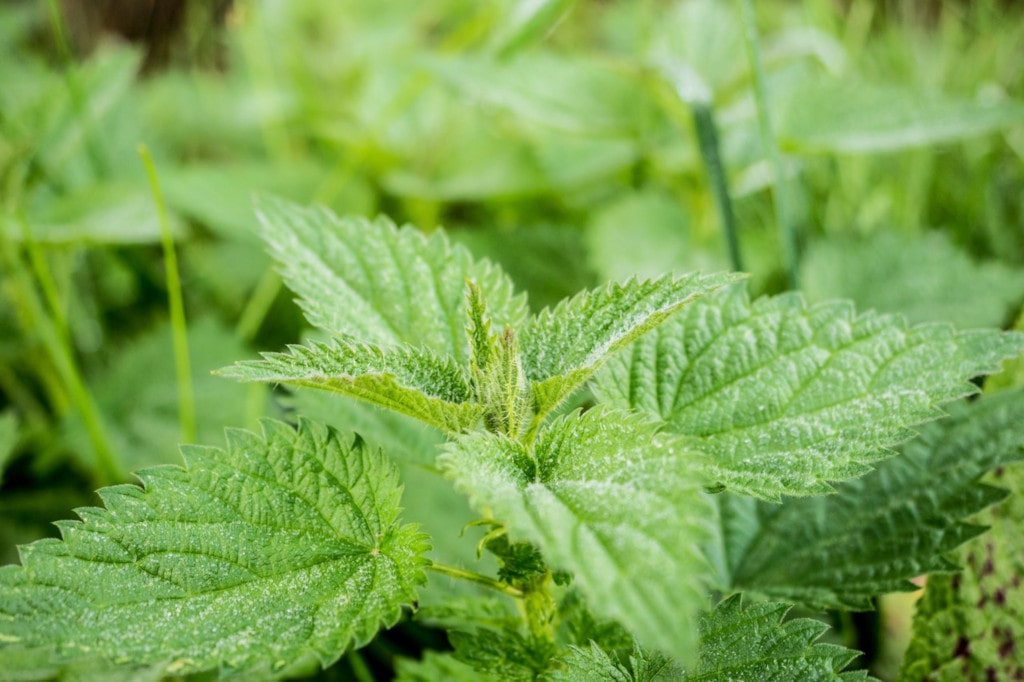- During the process of photosynthesis, a plant absorbs, a process which is aided by the presence of chlorophyll in the leaf
- This enables the plant to convert carbon dioxide and water into glucose
- Some of this glucose is used up by the plant however
- Any excess is turned into starch for storage
- You can, therefore, test a plant’s leaf for starch in order to determine if the plant/leaf is photosynthesising

Testing a leaf for starch. Image credit taskermilward.org.uk
ZIMSEC O Level Combined Science: The test for starch
Testing for Starch.
Materials: Iodine solution, dropper, alcohol, test tube, beaker, burner, tripod, gauze, white tile, leaf which was has been in the light.

Test a leaf for starch using iodine solution
- Dip the leaf in boiling water
Put the leaf in a beaker of boiling water. This will kill the leaf and soften it.
- Place the leaf in alcohol
Put the leaf in a test tube of alcohol this will remove its chlorophyll as shown above. Alcohol is highly flammable and should never be heated by a direct flame as it will catch fire. The test tube containing alcohol must be placed in a beaker of boiling water instead.
- Remove the leaf from the alcohol and dip it into hot water
Remove the leaf from the alcohol and dip it into hot water to soften it. You can use a pair of tongs to do this.
- Place the leaf on a white tile
The white tile offers greater colour contrast that will allow you to more easily observe any colour changes
- Drop iodine solution onto the leaf
Using a dropper, cover the leaf with iodine solution.
- Observe any colour changes
Observe the leaf to see if there are any colour changes to the iodine solution you have just placed onto the leaf.
Results
- If starch is present the leaf will turn blue-black as shown above.
- If starch is absent the leaf’s colour will remain unchanged.

To access more topics go to the Combined Science Notes page




